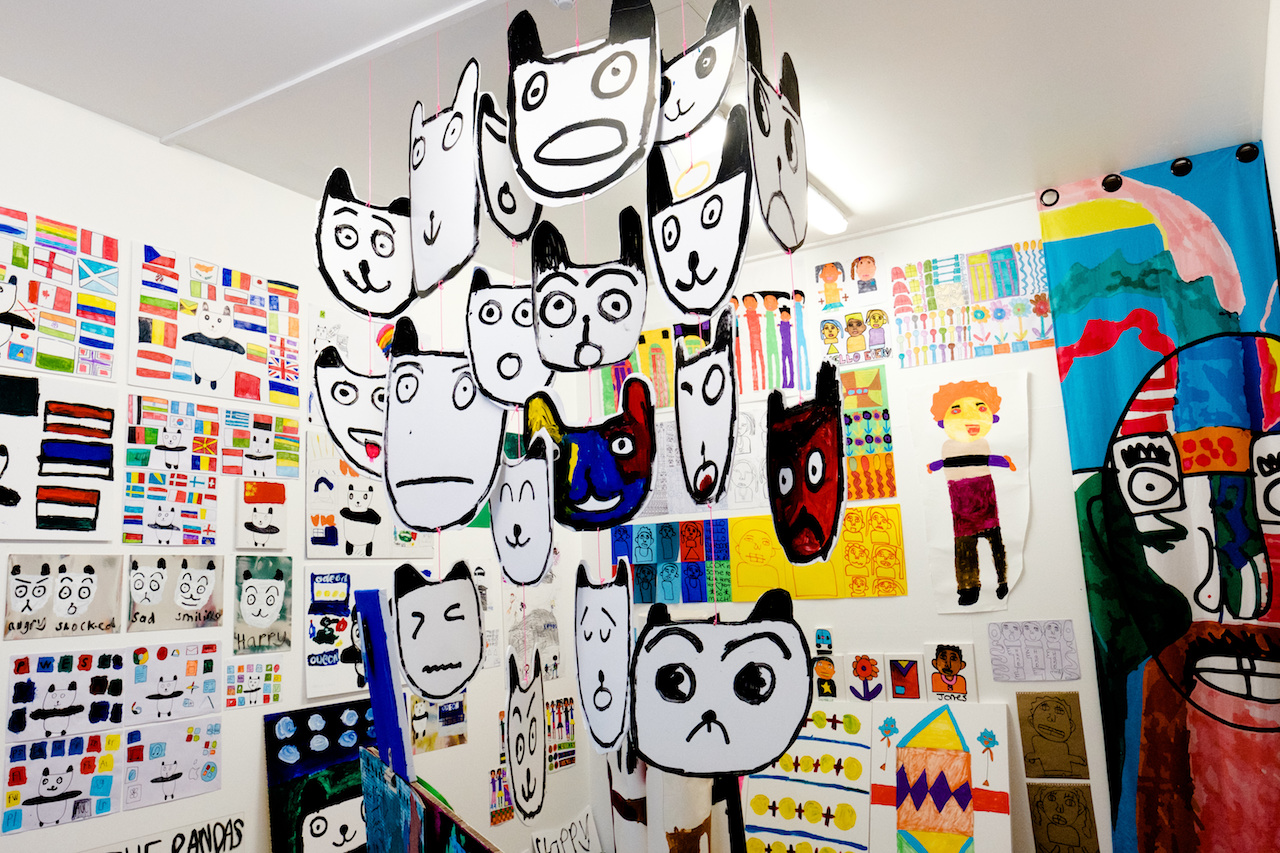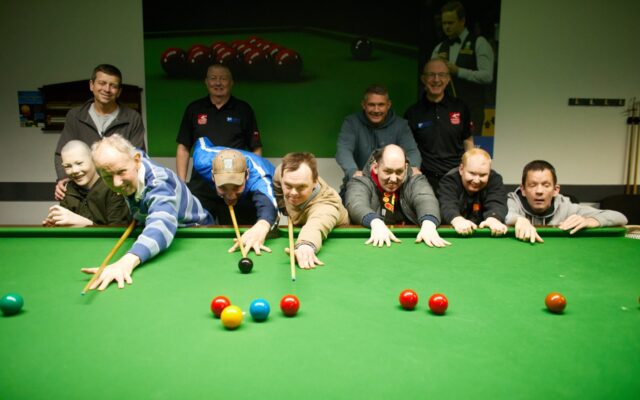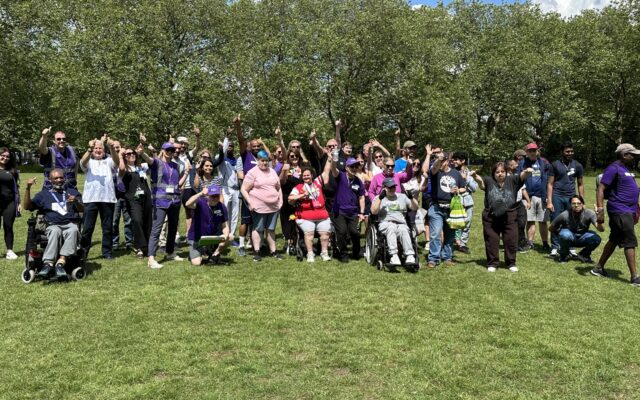Do it yourself (DIY) culture gives people permission to do their own thing and in their own way.
With DIY culture, there is often a misconception that people are on their own. However, invisible structures support your ability to do things, such as physical space, resources, money and information.
With learning disability arts, those structures are more present. The job is to work to remove barriers to those structures so people can do it themselves.
My book details my experiences of Do Your Own Thing, a project run by learning disability arts body Heart n Soul.
In the arts, you often need to tell funders exactly what you’re going to do and how and what the outcome will be. This stems from a lack of trust and belief in art or creativity.
To think that creation is linear seems at odds with centuries of art and music making where no outcome was ever known. This inhibits possibility, innovation and change, and prevents people from contributing in a meaningful way.
I write about “beautiful chaos” in the book. One example arose at a recent Do Your Own Thing session.
At the end of each session, everyone shows, plays or talks about what they’ve been creating – songs, art, recordings, conversations, ideas, dances and DJ sets.
I often host it, trying to link it together and make sure people get to show what they want. There’s cheering, clapping, dancing, audience interaction and heckling. It can be chaotic holding that space and making sure it doesn’t over-run.
At one session, one of the young people decided they were going to host, introducing everyone, passing around the microphone and bringing an incredible energy.
It upped the chaotic nature of it – but what was beautiful was that when they joined about a year ago, they spent most of the first day hiding. Now here they were in front of and supporting everyone.
Supporting artists who have a learning disability has massively influenced my own practice. Previously, I’d bought into the narrative of the artist as a singular being, creating in isolation and being struck by inspiration. I also didn’t come across people talking about the enjoyment of making art.
So I changed how I painted. I looked for ways for the result to reflect the process, communicate the joy and euphoria of creating, be less precious, involve more people and find ways for my work to open up conversations about the things I was surrounded by and interested in.
Do Your Own Thing is published by Rough Trade Books
Richard Phoenix is an artist and musician





